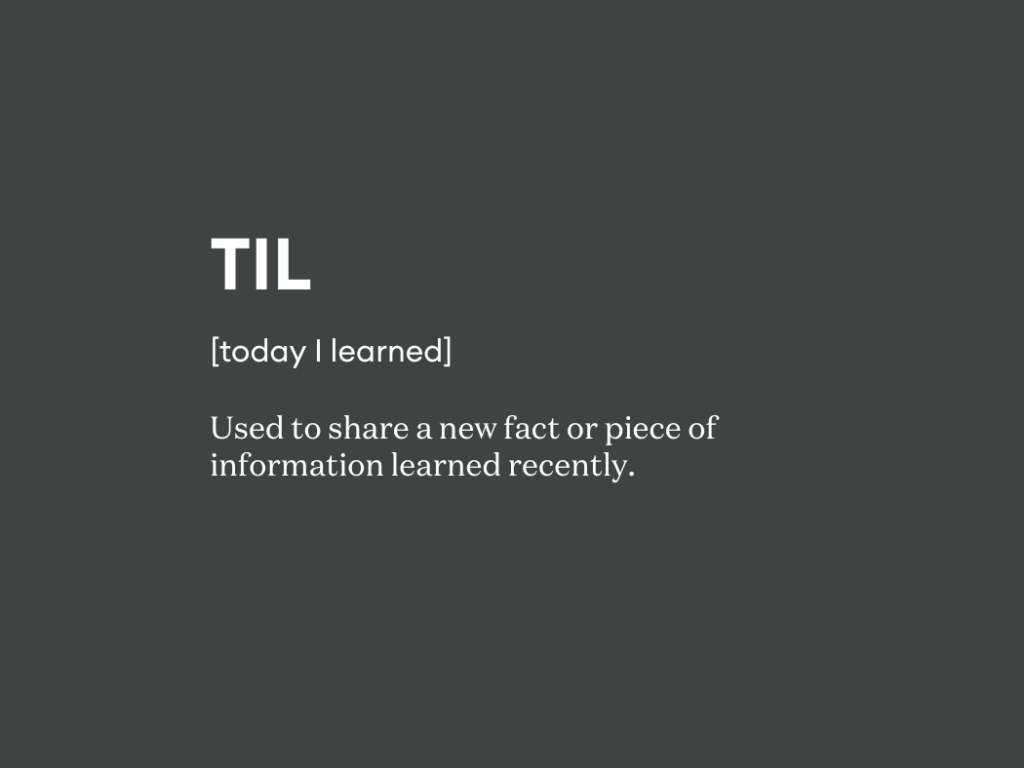The pressure to deliver outstanding results can feel immense in today’s digital business landscape. Marketers strive for significant campaign performance boosts and consistent growth. But what if the key to achieving these goals lies not in sweeping changes, but in a series of small, strategic improvements?
This is the philosophy behind Marginal Gains Theory. Popularized by British cycling’s dramatic performance improvement under coach Sir Dave Brailsford, it suggests that by focusing on a multitude of minor optimizations, you can unlock a surprising level of overall success. Imagine shaving off a few seconds here or optimizing a specific keyword phrase there—these seemingly insignificant tweaks, when combined, can lead to a substantial competitive edge and transformative improvement.
What can a strategy focused on marginal gains mean for marketers?
The pursuit of continuous, incremental improvement is a cornerstone of business success. While major breakthroughs are exciting, it’s often the seemingly insignificant adjustments that unlock significant progress. Marginal Gains Theory embodies this philosophy.
At Tallwave, we embrace this philosophy. We meticulously analyze and refine every step of the business journey, from initial brand awareness to user experience optimization, SEO strategies, and post-purchase communication. We believe in the power of “sweating the small stuff” to achieve significant results.
Here’s how marketers and other business leaders can apply Marginal Gains Theory to achieve incremental gains that add up to major impact:
Focus on measurable improvements
By tracking key metrics and focusing on areas with the most significant impact, you can ensure your incremental optimization efforts are targeted and effective.
Prioritize efficiency
Small tweaks don’t require massive investments of time or resources. Putting focus on those allows you to experiment more frequently, identify winning strategies faster, and optimize your marketing efforts with greater efficiency.
Build sustainable growth
The beauty of implementing tactics that encourage marginal gains lies in their cumulative effect. By consistently making small improvements across various marketing channels, you can create a sustainable growth trajectory for your brand and marketing efforts.
Foster a culture of experimentation
A strategy focused on marginal gains and small wins encourages a culture of experimentation and continuous learning within your marketing team. This fosters creativity, data-driven decision-making, and a willingness to test and iterate for optimal results.
Reduce risk
Large-scale marketing changes can be risky and expensive. By focusing on smaller, more manageable optimizations, you minimize potential downsides while maximizing the potential for positive outcomes.
Establish a long-term competitive advantage
In today’s dynamic marketing landscape, the ability to adapt and improve is crucial. By embracing a strategy focused on marginal gains, you develop a strategic advantage by constantly refining your approach and staying ahead of the curve.
Prioritizing incremental and iterative improvements empowers marketers to achieve significant results through a series of small, data-driven enhancements. It’s a marathon, not a sprint, but the consistent pursuit of continuous optimization can create marketing strategies that deliver exceptional results over the long term.
How can we apply Marginal Gains Theory in digital experience optimization?
Through our digital experience optimization (DXO) work with a diverse client base, we’ve found many opportunities to implement small changes that have a significant impact on improving conversion rates, lead generation, and full-funnel strategy growth.
Here are a few areas where we can turn the concept of marginal gains into tangible tactics:
Technical touch points and website health
When it comes to your website, every millisecond counts. Here are some tactics that can continually improve how users (and search engines) might interact with your site:
- Implement caching mechanisms: This allows your server to store frequently accessed data, reducing the load time for returning visitors.
- Optimize image sizes: Large, uncompressed images can significantly slow down your website. Use tools to compress images without sacrificing quality.
- Minify code: This involves removing unnecessary characters and spaces from your website’s code, resulting in a smaller file size that loads faster.
- Leverage a content delivery network (CDN): A CDN stores copies of your website’s content across geographically distributed servers. This ensures faster loading times for users around the world.
A/B testing and understanding what words work
Don’t underestimate the power of tweaking your website’s headlines and calls to action (CTAs). Here are some tactics that can produce marginal gains through A/B tests:
- Test small variations in wording: Focus on specific elements within your headline or CTA, like changing a verb or adding a power word.
- Track user engagement: Use heatmaps and analytics tools to see where users are focusing their attention and how they respond to different headlines and CTAs.
- Embrace data-driven decisions: A/B testing allows you to experiment and identify the most effective messaging for your audience. Even a minor improvement in click-through rate can translate to a significant increase in leads over time.
Friction-fighting forms
Analyze your website forms and eliminate unnecessary fields. Here are some tactics to achieve small wins:
- Identify essential information: Only ask for the information absolutely necessary to qualify a lead. Every additional field creates friction and discourages users from completing the form.
- Pre-populate fields when possible: Use cookies or autofill features to pre-populate fields with information users have already provided. This reduces the amount of typing required and streamlines the process.
- Offer clear value propositions: Explain why users should provide their information. Highlight the benefits they’ll receive in exchange for completing the form.
- Simplify form design: Use clear labels, intuitive layouts, and avoid CAPTCHAs whenever possible. A user-friendly form experience encourages completion.
Data-driven SEO and content optimization
Leverage website analytics and data strategy to identify high-performing content and low-performing pages. Earn marginal gains through:
- Topic cluster optimization: Identify high-performing content and create supporting content that dives deeper into specific aspects of the topic.
- Content refresh: Update existing content with fresh information, keywords, statistics, and visuals to maintain user engagement.
- Internal linking: Link relevant content pieces together to improve website navigation and user experience. This also helps distribute link juice and improve search engine ranking.
- Optimize for user intent: Analyze user search queries and optimize your content to address their specific needs and pain points.
Laser-focused landing pages
Make sure your landing pages are laser-focused on a single conversion goal.
- Clear CTAs: Each landing page should have a clear and prominent CTA that tells users exactly what action you want them to take.
- Targeted messaging: Craft compelling and targeted messaging that aligns with the offer or lead magnet on your landing page.
- Clutter-free design: Avoid distractions and maintain a clean, user-friendly layout that guides visitors toward the desired conversion action.
- Mobile responsiveness: Ensure your landing pages are optimized for mobile devices as a significant portion of website traffic now comes from smartphones and tablets.
Unleash the power of experimentation and iteration with marginal gains
The beauty of Marginal Gains Theory lies in its continuous improvement mindset. By consistently monitoring data, identifying areas for optimization, and implementing small changes, you create a culture of iterative improvement that can significantly impact your marketing results over time.
Ready to play a long game of small wins?
Marketing success rarely happens overnight. It’s the result of a consistent effort, a commitment to data-driven decision making, and a relentless pursuit of improvement. By embracing the philosophy of marginal gains, you can transform your marketing strategy from a series of random acts to a well-oiled machine of continuous optimization.
At Tallwave, we believe in thoughtful rigor and sweating the small stuff, just like Sir Dave Brailsford did when he coined Marginal Gains Theory. Let’s talk about the big growth we can drive with small improvements.




















